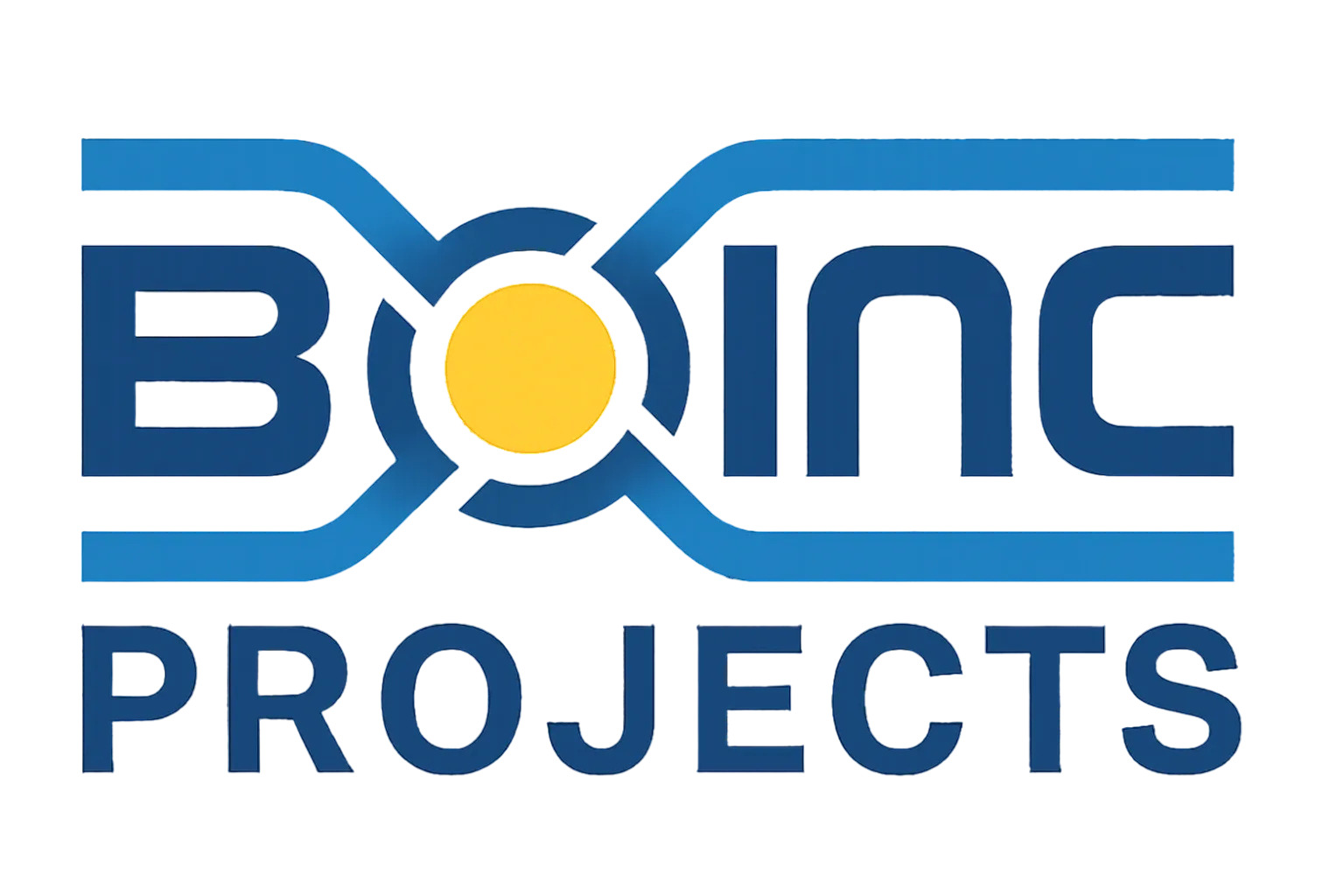BlackHoles@Home

BlackHoles@Home will be a volunteer distributed computing project seeking your assistance in conducting black hole collision simulations. These simulations are essential for extracting important science from gravitational wave observations of colliding black holes.
Why BlackHoles@Home?
The two-body problem, which governs the motion of two orbiting point masses bound by gravity, can be solved on the back of an envelope in Newtonian physics. In Einsteinian gravity, the two-body problem consists of two orbiting black holes. Due to the extreme complexity of solving Einstein's equations of gravity (general relativity), it took 90 years (1915-2005) to compute the motion of two orbiting black holes, and the feat was only made possible with the aid of supercomputers. Unlike Newton's understanding of gravity, general relativity predicts that two orbiting black holes will emit gravitational waves. Since this emission saps the orbital energy from the black holes, they will inspiral and merge to form a single, bigger black hole.
Ten years later, in 2015, the 90-year effort was validated: humanity directly detected gravitational waves for the first time, emitted from the inspiral and merger of two black holes. This Nobel Prize-winning discovery brought the field of solving Einstein's equations on supercomputers into mainstream astronomy, as the observed gravitational waves must be compared with catalogs of supercomputer simulations to extract important information about the black holes. As gravitational wave telescopes become more sensitive, we need to both greatly increase the size of these catalogs and improve the accuracy of the simulations.
BlackHoles@Home builds on efforts over the past 15 years to solve Einstein's equations on numerical grids that are roughly 100 times more computationally efficient than other techniques. Such improved efficiency, combined with advances in consumer-grade processors and memory chips, enables BlackHoles@Home to perform state-of-the-art black hole inspiral and merger simulations on consumer-grade desktops for the first time.
In 2018, the idea behind BlackHoles@Home was first announced, and excellent progress toward our goal of launching a BOINC project has been made each year. We hope to have a fully functional and state-of-the-art app ready within the next year, and the BOINC project will be launched shortly after.
Goal
BlackHoles@Home aims to reduce the cost of numerical relativity black hole and neutron star binary simulations by ~100x, through adoption of numerical grids that fully exploit near-symmetries in these systems.
With this cost savings, black hole binary merger simulations can be performed entirely on a consumer-grade desktop (or laptop) computer. https://etienneresearch.com/
Methods
BlackHoles@Home leverages recent advances in solving Einstein's equations in solving Einstein's equations in singular curvilinear coordinates (including spherical-like coordinates), to solve the dynamics of binary black hole inspirals and mergers on consumer-grade hardware. It makes extensive use of and was co-developed alongside our open-source NRPy+ code generation framework, which makes use of the free & open-source Sympy computer algebra system to convert complex mathematical expressions into highly optimized C code. NRPy+ was written with BlackHoles@Home in mind as its primary application.
Project team / Sponsors
Prof. Z. Etienne. Primarily funded by NSF grant PHY-1806596. It is also funded by NSF EPSCoR Grant 1458952 and NASA grants 80NSSC18K0538 and 80NSSC18K1488.
Contributing
If you're interested in supporting this project, download and install BOINC and attach to the project using its official URL: https://blackholesathome.net/.
Your computer will perform calculations and report results back to the project servers automatically.

